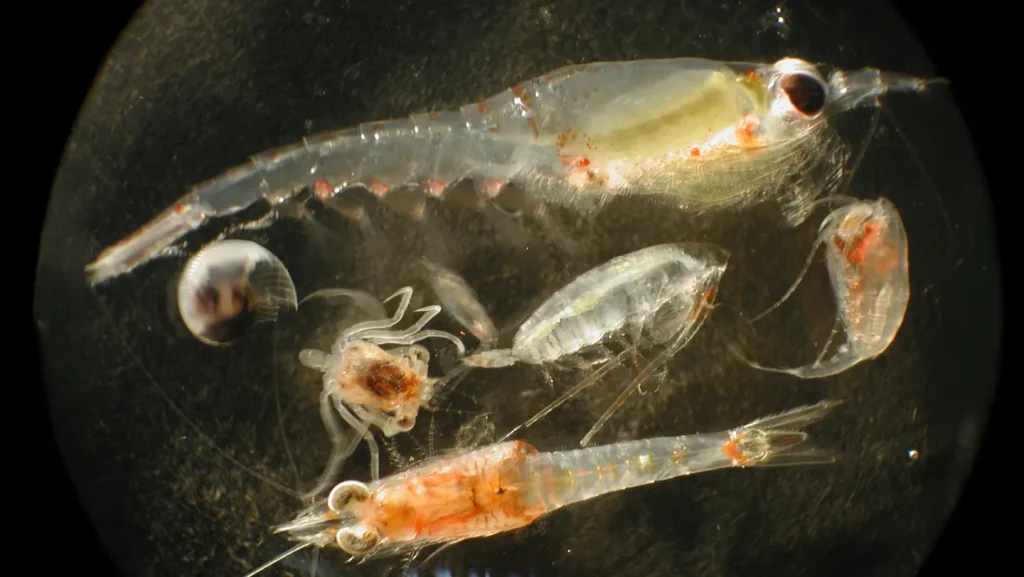Deep-Sea Mining Could Threaten Ocean Food Webs by Starving Plankton
The discovery that tiny floating plankton can ingest sediment particles kicked up by deep-sea mining operations poses a significant threat to marine ecosystems. These findings, published November 6 in Nature Communications, reveal a concerning mechanism through which mining activities on the seafloor could disrupt ocean food webs all the way up to large predators.
Researchers led by Michael Dowd from the University of Hawaii at Mānoa conducted extensive fieldwork in the Clarion-Clipperton Zone of the Pacific Ocean—an area rich in polymetallic nodules containing valuable metals like cobalt, manganese, and copper that are increasingly sought after for electronics manufacturing. Using giant nets deployed at depths between 800 and 1,500 meters, the team collected and analyzed plankton and particles to understand their feeding patterns. Their chemical analysis of amino acids revealed that plankton typically prefer to consume nutritious particles about 6 micrometers wide.
The alarming discovery came during the team’s third expedition, which coincided with a pilot deep-sea mining operation conducted by the Canada-based Metals Company. When examining particles from the waste plume created by mining activities, researchers found they were similar in size to the plankton’s preferred food but contained almost no nutritional value. “They were basically junk food,” explained study coauthor Brian Popp, noting their “very, very low protein content.” This creates a scenario where plankton might consume these abundant but nutritionally empty particles instead of their normal food, potentially leading to starvation.
The implications extend far beyond the plankton themselves. As these microscopic organisms form the foundation of marine food webs, their decline could trigger what scientists call a “bottom-up starvation cascade.” When plankton populations suffer, so do the countless species that depend on them for sustenance—from small fish to ultimately large marine predators. This interconnectedness means localized mining activities could have far-reaching consequences throughout ocean ecosystems.
Scientists have previously documented how seabed mining can damage deep-sea ecosystems by disrupting fragile microbial communities in seafloor sediments—impacts that can persist for decades. Equipment scraping the seafloor at depths around 4,000 meters can destroy these delicate habitats, while the resulting sediment plumes can clog the filtration systems of bottom-dwelling creatures. The new research extends these concerns to mid-water ecosystems, highlighting how mining waste released at depths around 1,500 meters can impact the daily vertical migration of plankton between deeper waters and the surface—a critical process for nutrient cycling in the oceans.
As demand grows for the metals needed in modern electronics and renewable energy technologies, the pressure to exploit deep-sea mineral resources is intensifying. This research underscores the need for comprehensive environmental impact assessments and stringent regulations before commercial-scale deep-sea mining begins. The potential ecological consequences—disrupting marine food webs through what amounts to nutritional sabotage of their foundations—suggest that humanity must proceed with extreme caution when considering extraction activities in these poorly understood but vitally important deep-ocean environments.


